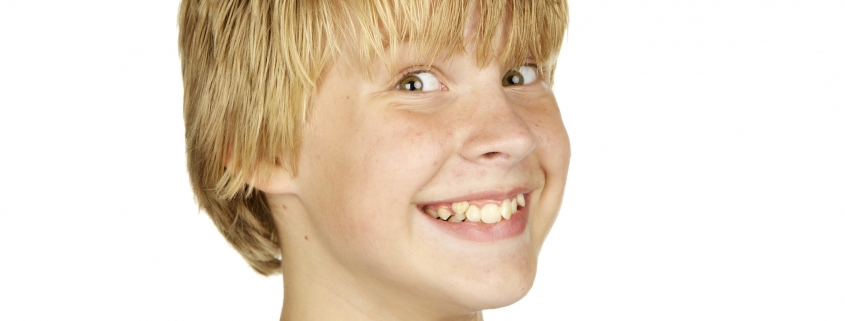Jaw and Dental Problems
There are many kinds of problems that can occur within the oral cavity. Here are a few of the most common ones, as well as treatment.
The upper front teeth are forward: The anterior teeth of the maxilla are far ahead of the lower teeth. The lower teeth are sometimes not as forward as they should be.
Distance between the teeth: Patients’ teeth are sometimes spaced apart due to missing teeth or too much space in the mouth. An orthodontist can correct the problem of gaps between teeth with cosmetic treatments. If the problem is not resolved, the teeth are usually wired.
Crowding of teeth: Congestion is a problem for many patients, in which case the teeth overlap or tilt. To correct the problem of the teeth, wiring is usually done to increase the space of the mouth and the teeth are arranged. Sometimes it is necessary to extract teeth to create space.
Problems with the alignment of the midline of the teeth: The fit of the midline refers to the way the back teeth overlap and does not focus too much on the bytes of the front teeth. Problems with midline alignment cause complications for the jaw and proper function of the teeth.
Classification of jaw and dental problems
Malocclusion is divided into three main types as follows:
Class 1: Class 1 malocclusion is when the upper teeth are in front of the lower teeth. Bite is appropriate and normal in this type of malocclusion and the amount of overlap is small. Class 1 malocclusion is the most common type.
Class 2: Class 2 malocclusion is a condition in which there is severe overbite. This disorder, also called retrogenism, means that the upper jaw and teeth are too far forward than the lower jaw and teeth.
Class 3: Class 3 malocclusion is a condition in which there is severe underbite. This disorder, also called prognathism, refers to the anterior mandible. In this case, it covers the lower teeth of the jaw and the upper teeth.
Complications of misaligned teeth
Complications of misaligned teeth can be mild to severe:
Tooth misalignment and crookedness
Disruption of facial fit
Frequent and involuntary biting into the cheeks or tongue
Feeling uncomfortable when chewing or biting food
Speech and language problems
Breathe through the mouth instead of the nose
Diagnosis
Misaligned teeth are usually diagnosed during periodic examinations. The dentist examines the teeth and orders an x-ray to make sure the teeth are in good condition. If a tooth is misaligned, the problem is classified according to its type and severity.
Ttreatment: It is easier, faster and cheaper to treat problems related to the disorder and disorder of the teeth at a young age. Orthodontic treatment works best for children and adolescents because the bones are still soft and the teeth can move more easily. Orthodontics takes 6 months to 2 years; The length of treatment depends on the severity of the problem and the extent of the correction required.
Treatment of tooth decay disorders in adults is also often successful, but braces or other orthodontic appliances should be used for longer. Most patients with mild malocclusion do not need treatment; But if the bite disorder is severe, the dentist will refer the patient to an orthodontist. The orthodontist recommends appropriate treatment according to the type of bite disorder.

